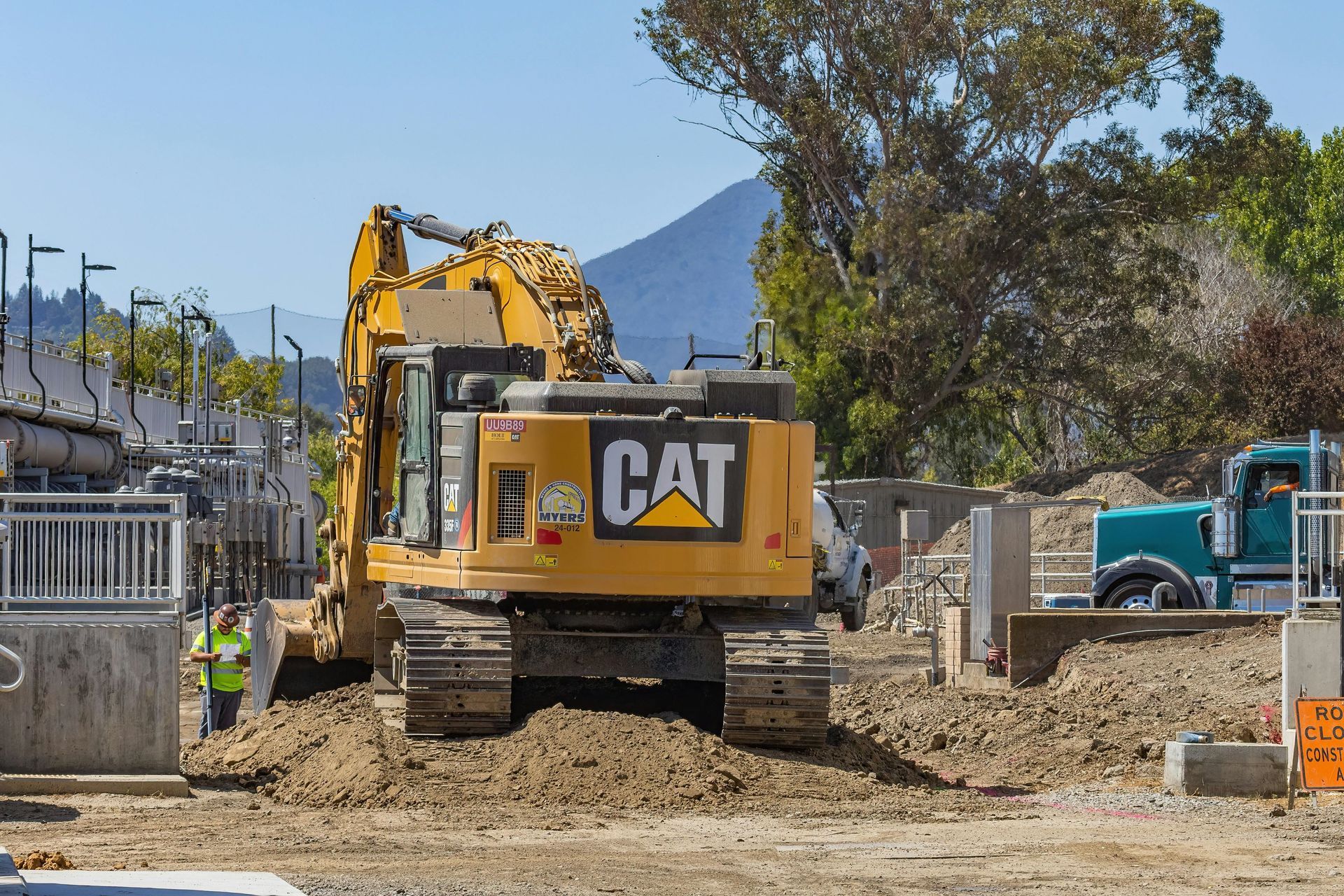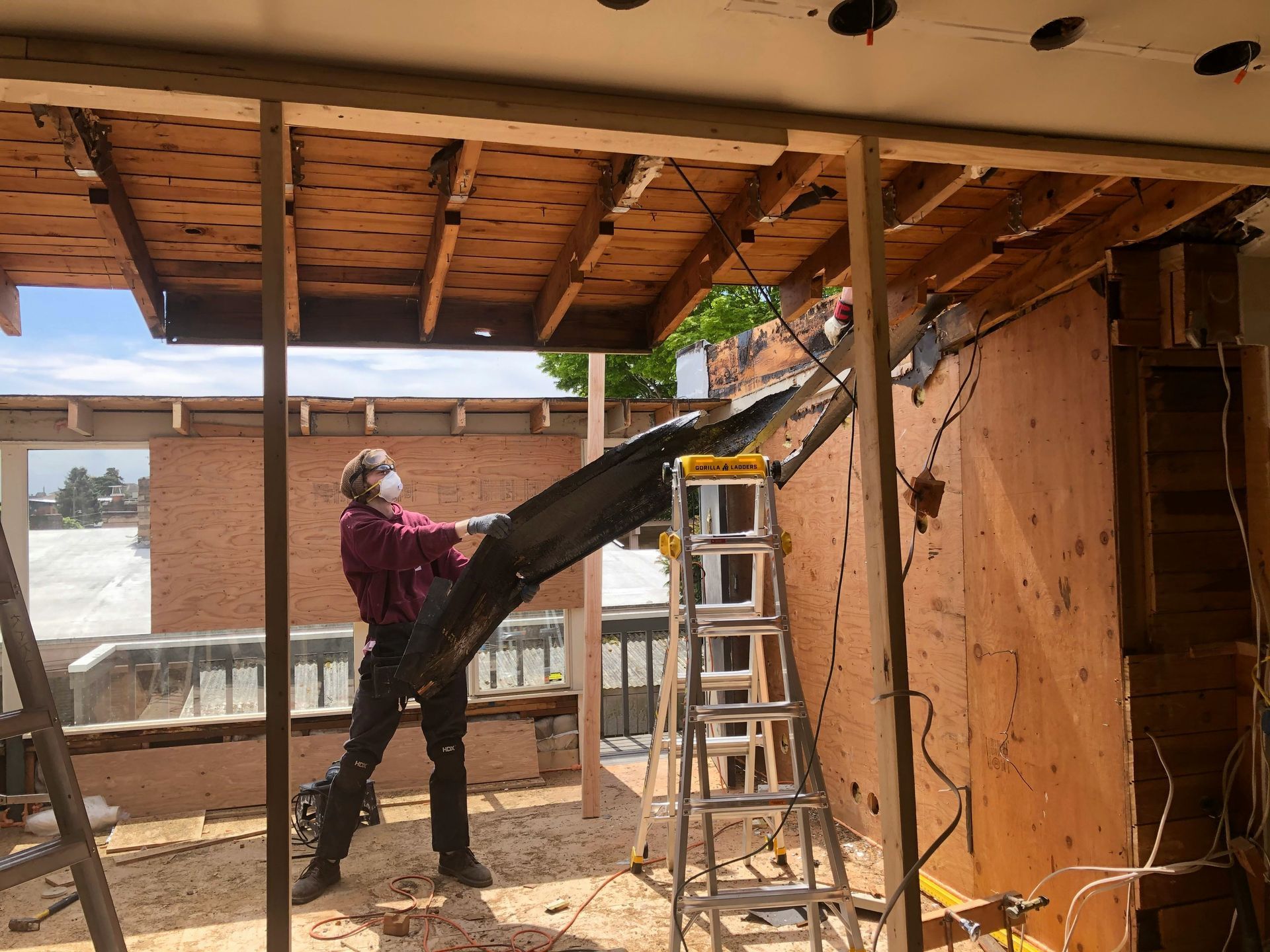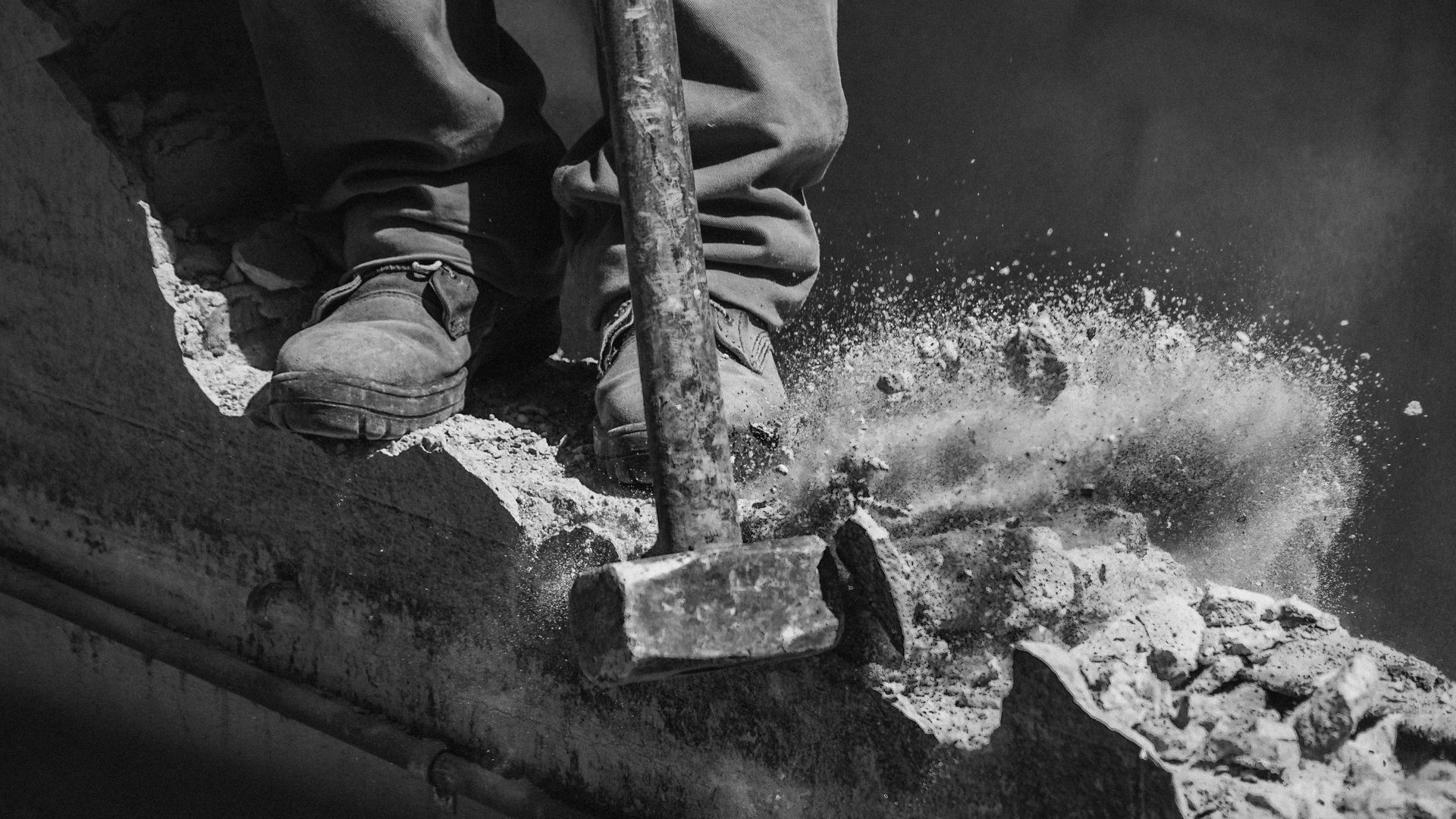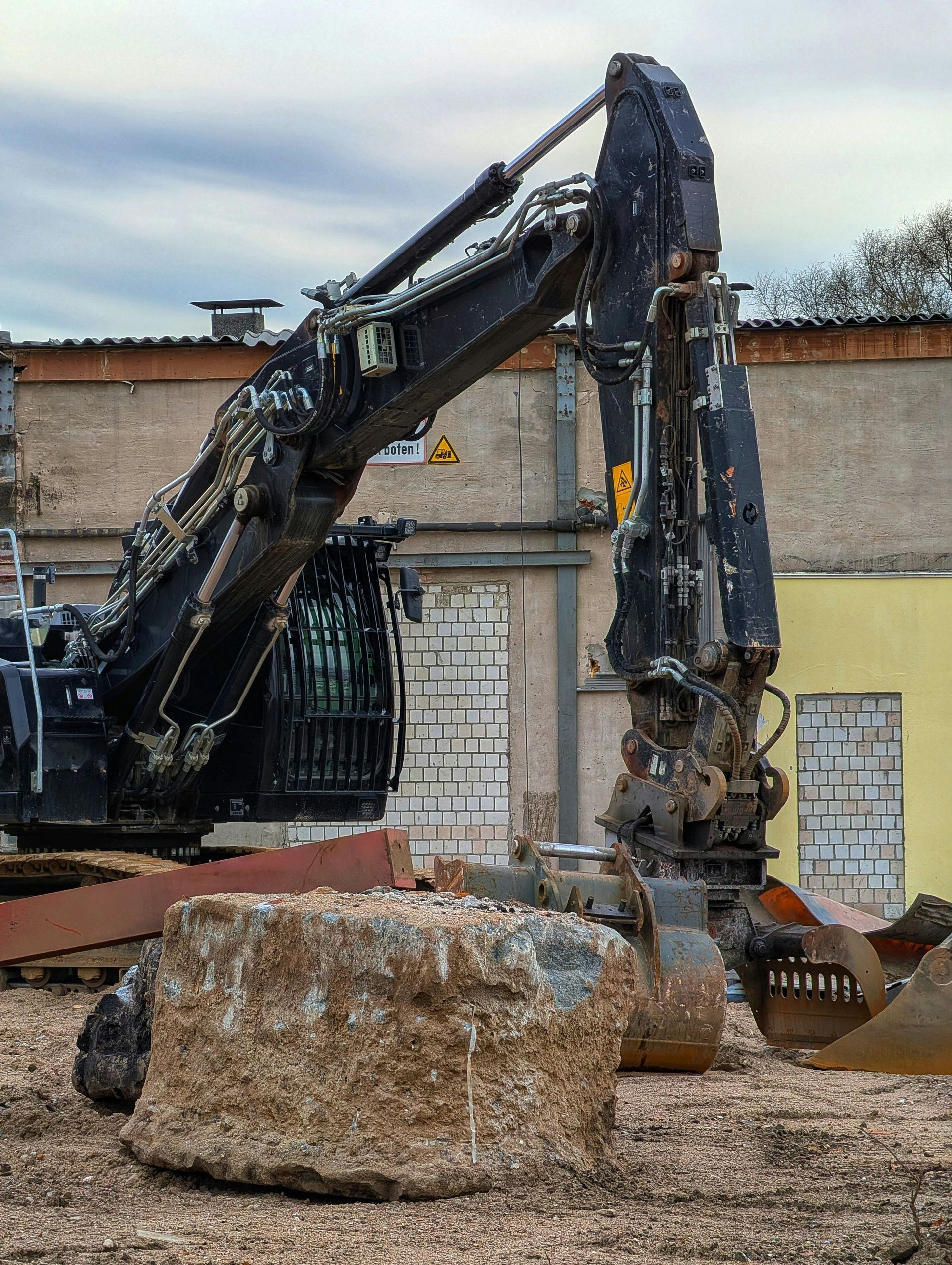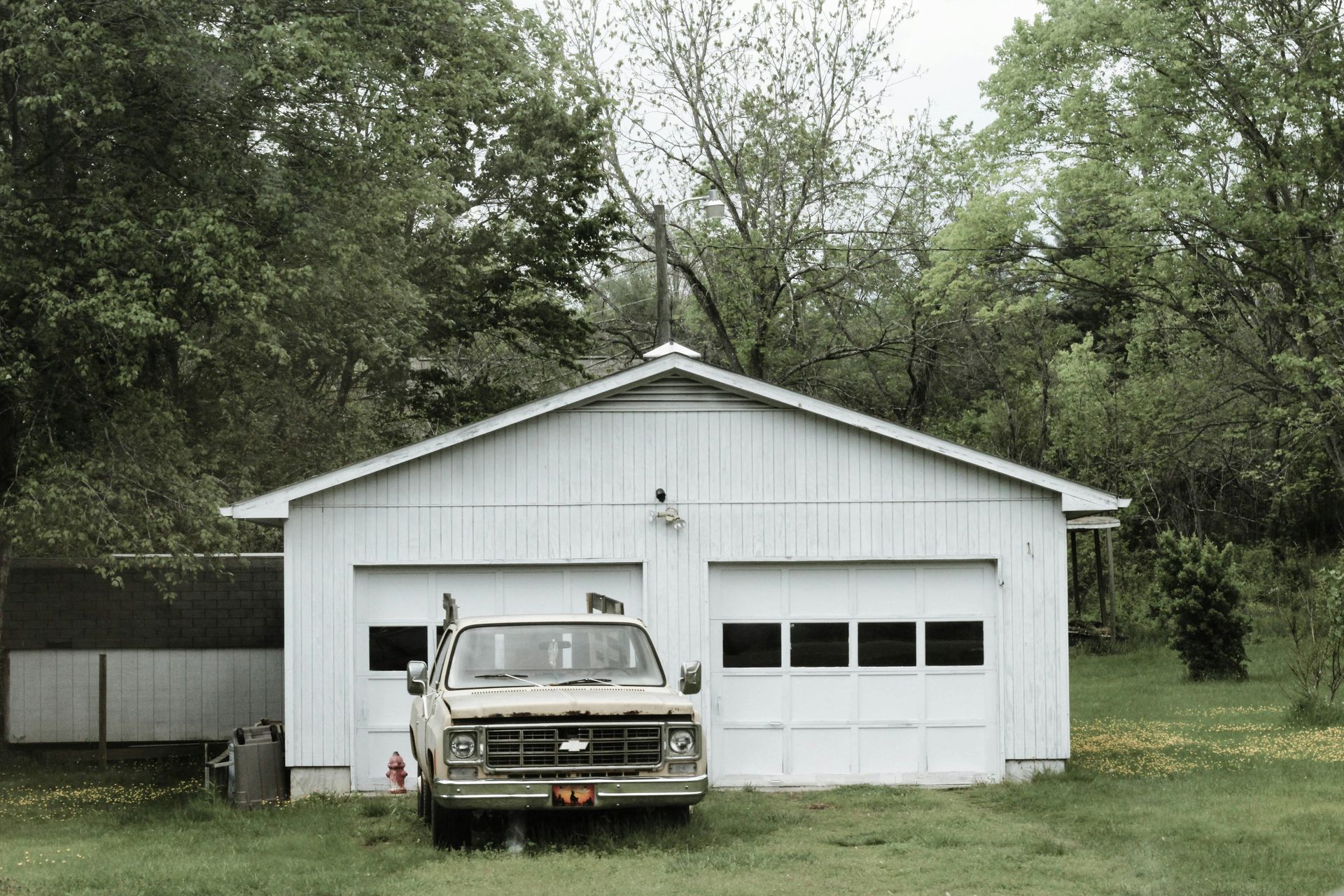In this blog post, we'll break down the demolition process step by step, from the initial consultation to the final cleanup, so you can understand what to expect throughout the journey.
1. Initial Consultation and Assessment
The first step in any demolition project is scheduling an initial consultation with the demolition contractor. During this phase, the contractor will evaluate your property, understand your goals, and determine the scope of the demolition.
What Happens in the Initial Consultation:
Site inspection: A thorough walkthrough of the property to assess its condition and gather details about the
structure.
Discussion of goals: Understanding the client’s needs—whether they’re demolishing the entire building or just certain sections.
Assessment of the site: The contractor will look for potential hazards, assess structural issues, and check for any environmental concerns (like hazardous materials such as asbestos or lead paint).
This phase is crucial because it sets the stage for the entire demolition process. At First Step Demolition, we pride ourselves on providing comprehensive consultations to ensure your project is accurately scoped and well-planned.
2. Obtaining Permits and Legal Approval
Before any demolition work begins, obtaining the necessary permits is essential. Demolition is highly regulated to ensure safety and environmental compliance, so local authorities must review and approve the project.
What’s Involved:
Demolition permits: Required by most cities and municipalities to ensure that the demolition complies with local laws.
Environmental
permits: If hazardous materials are involved, such as asbestos, additional permits will be required to handle their safe removal.
Utility disconnections: Permits may also be necessary to disconnect essential services like gas, electricity, or water.
First Step Demolition handles all necessary permits and paperwork, ensuring your project is fully compliant with local, state, and federal regulations.
3. Preparation and Safety Measures
Once permits are secured, the next phase is preparing the site for demolition. Proper preparation is essential to ensure safety for both the demolition crew and anyone in the vicinity of the project.
What Happens During Preparation:
Utility disconnections: Before demolition begins, utilities like water, gas, and electricity must be safely disconnected to prevent accidents.
Hazardous material removal: If the building contains hazardous materials like asbestos or lead, certified specialists will be hired to remove them before demolition.
Site barriers and signage: Safety barriers, fencing, and warning signs will be put in place to keep unauthorized people away from the demolition area.
Proper preparation is key to preventing accidents, protecting the environment, and ensuring that the demolition process runs smoothly. At First Step Demolition, we adhere to strict safety protocols and environmental standards to protect both our workers and your property.
4. The Demolition Process Begins
Once the site is properly prepared, the actual demolition work begins. The method of demolition can vary depending on the type of building, its location, and the intended outcome.
Common Demolition Methods:
Mechanical demolition: This is the most common method, involving the use of heavy machinery like bulldozers, excavators, and wrecking balls. It’s efficient and ideal for smaller, non-structural buildings.
Implosion: In cases of large, tall buildings, controlled explosives may be used to bring the structure down in a controlled collapse.
Deconstruction: For a more sustainable approach, deconstruction involves carefully dismantling a structure piece by piece so that materials like wood, steel, and bricks can be reused or recycled. This method is often used in older buildings with valuable materials.
At First Step Demolition, we carefully select the most appropriate demolition method based on the structure and scope of the project to ensure the most efficient and cost-effective solution.
5. Waste Management and Recycling
Demolition often generates a significant amount of debris. However, much of this material can be recycled or repurposed, minimizing environmental impact and reducing the amount of waste sent to landfills.
What Happens with Waste:
Sorting materials: As demolition proceeds, materials like wood, metal, concrete, and glass are separated for recycling.
Recycling: Recyclable materials are sent to recycling centers, where they are processed and reused in new construction or manufacturing.
Disposal: Non-recyclable materials are transported to authorized disposal sites in compliance with environmental regulations.
By focusing on recycling and sustainable waste management practices, First Step Demolition helps reduce the environmental footprint of each project while saving costs on waste disposal.
6. Site Cleanup and Post-Demolition Work
After the demolition is complete, the final step is to clean up the site and prepare it for its next use—whether that means new construction or simply clearing the area for future projects.
What’s Involved in the Cleanup:
Debris removal: All remaining materials from the demolition are hauled away.
Site leveling: The site is leveled and graded to ensure that it’s suitable for future construction or development.
Final inspection: The demolition site is inspected to ensure that all debris is removed, hazardous materials are properly disposed of, and the area is left clean and safe.
First Step Demolition provides comprehensive post-demolition cleanup, ensuring that the site is free of debris and fully prepared for whatever comes next.
7. Final Reporting and Documentation
Key Documentation:
Waste diversion report: A detailed report outlining the amount of material recycled or reused during the project.
Permits and approvals: Documentation of all necessary permits and legal approvals.
Safety records: A summary of safety protocols followed and any incidents that may have occurred.
We provide detailed reporting at First Step Demolition, so you have full transparency on how your project was managed, including recycling efforts and
compliance with all regulations.
Conclusion
The demolition process involves more than just tearing down a building—it requires careful planning, safety protocols, and precise execution to ensure everything goes smoothly. From the initial consultation to site cleanup and final reporting, each step is crucial for a successful demolition project.
If you're planning a demolition project, it’s essential to work with a professional team that understands every aspect of the process. First Step Demolition offers expert demolition services that are safe, efficient, and environmentally responsible. Contact us today to discuss your project and get a free estimate!



